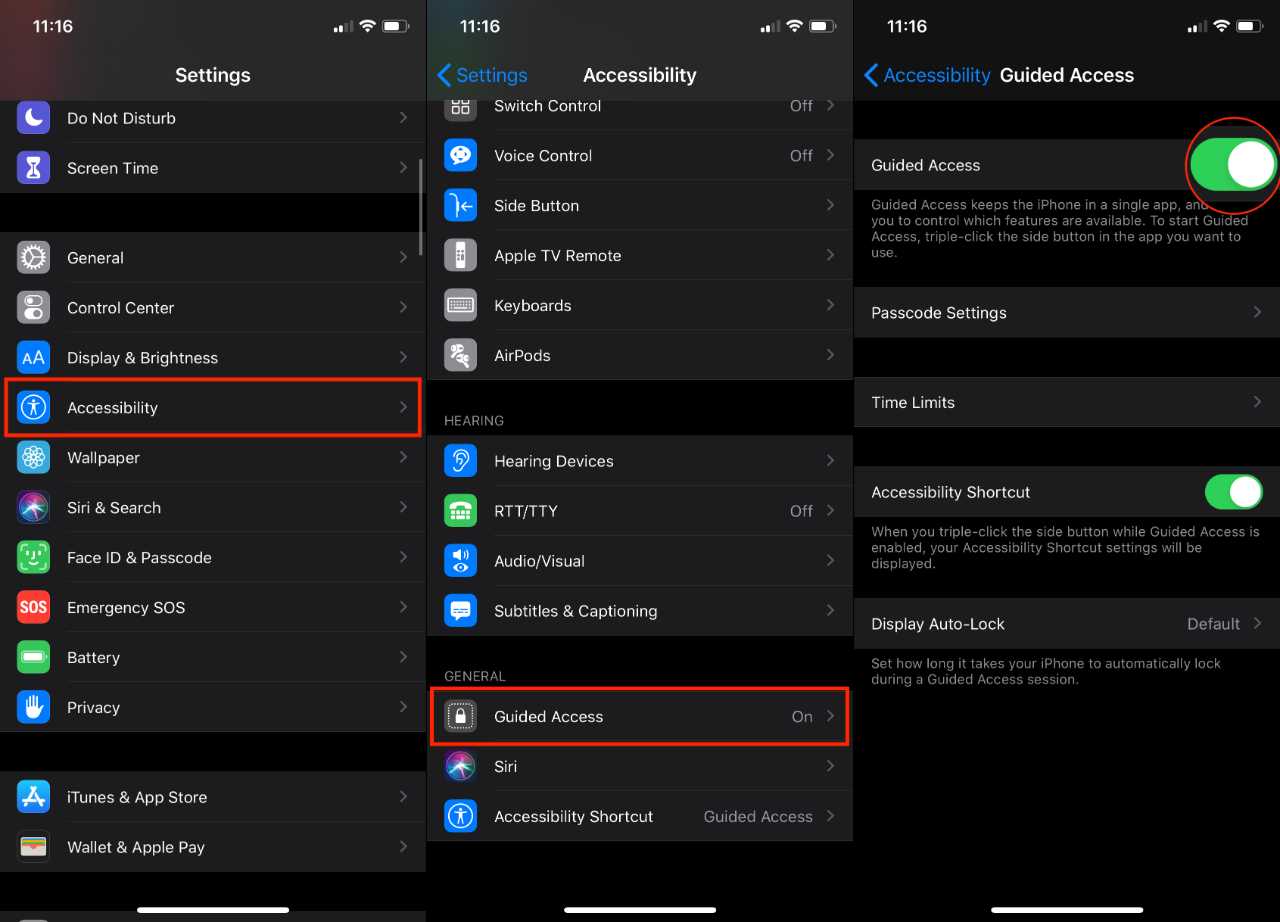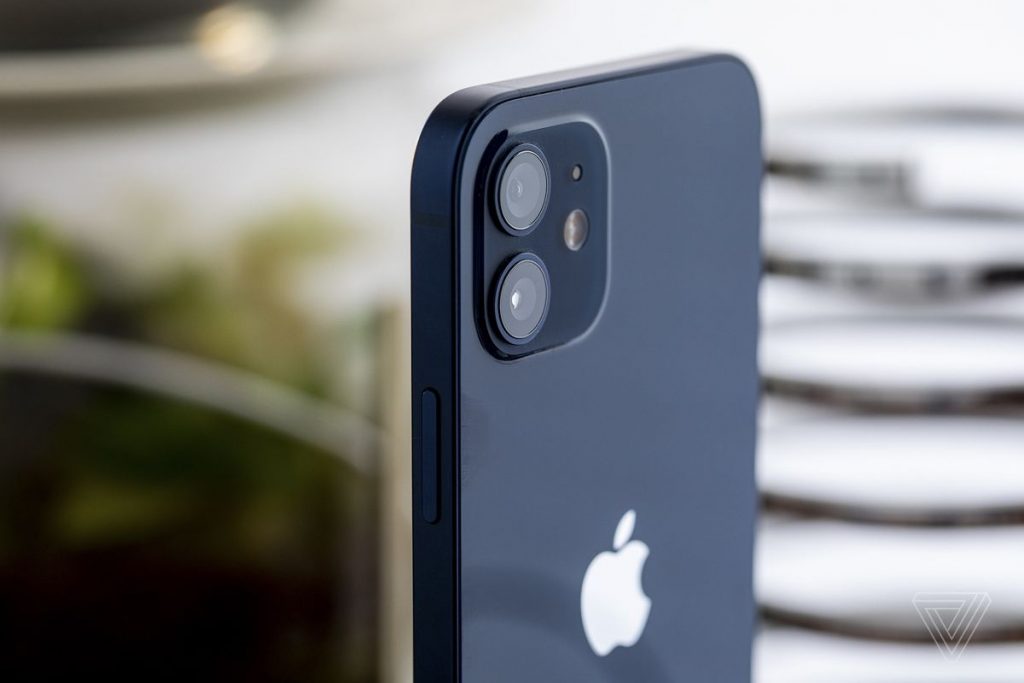Learn how you can easily limit the volume on your iPad, iPhone or iPod in this article.
A most pertinent concern of the twenty-first century may be hearing loss. Hearing loss has become more prevalent in recent years, owing to the widespread use of headphones, AirPods, and headsets, particularly among young people. As a result, you can restrict the volume of your iPhone, iPad, or iPod touch. The volume can also be higher than the prescribed limits when using a headset, earphones, AirPods, or headphones. It is better for your ears as well as the headset.
Can Volume Control System be Turned Off?
If you start sharing your iPad with family, and continuously have to adjust the volume on your iPod, or are merely irritated by loud noises, “Is there a way to lock the volume controls?”
Yes, you are correct.
If you allow your children to use the iPad to play games and watch videos, you’re likely familiar with their propensity to increase the volume with the on-screen slider. How they’re doing it, regardless of how hard you ask the others to end or turn down the volume, it always happens.
Maybe you would have to turn up the volume while watching a movie. After watching, the lock/unlock click sound has become extremely loud.
There are possibilities because they are simple to put into action.
How to Clamp the Volume on iPad?

The volume just on the iPad can be changed in several ways.
- The extended button on the left of the iPad can be used to adjust volume forwards or backwards.
- To mute the volume, merely hold down the bottom end of the volume knob.
To set the size and increase the limit for music as well as other media on your iPad, follow these simple steps:
- Turn on Volume Limit in Settings > Music.
- Adapt the highest volume level with the slider bar.
- If you’re using iOS 5, navigate to Settings> Music. If you have iOS 4, the alternative is Settings>iPod.
Some argue that this regulates the range of sound conveyed via headphones. It is effective for the large majority of audio tasks. Remember that each app’s setups or options include a volume/sound control. Based on the function, you may be able to adjust the volume or turn it entirely off within an app.
How Do You Lock Volume on iPhone?
You can specify the maximum sound level that applies to both video and music playback to protect your quantity from just being inadvertently turned up too high.
- Navigate to Settings > Music > Volume Restriction – Enable
- Set the maximum sound level using the slider bar.
Please keep in mind that if you’re using iOS 5, you must go to Settings> Music. Go to Settings>iPod unless you’re using iOS 4.
Lock Sounds can also be enabled to add an extra layer of security.
- Sounds > Lock Sounds – Enable (Settings > Sounds > Lock Sounds – Enable)
Recall so each app will have its own sound/volume controls and options to entirely mute it if you want to change the quantity of music that one plays.
How to Lock Sound Levels on iPod/iPod Shuffle?
To set the highest volume level on your iPod, follow these simple steps:
- Settings > Volume Limit
- Ability to control the triangle on the volume bar to place the maximum normal limit
- If you want to limit who has full rights to this fix, create a pin code that must be joined before further changes are needed:
- From the Volume Limit screen, select Set Combination
- If you do not want to do right-click to save your settings. This means that shifting the peak volume level does not necessitate using a password.
- Be aware that the volume you listen to can vary greatly based on how the sound was originally documented, irrespective of your settings. It may also change based on listening to music with headsets or a wifi device.
You Can Get the Volume on iPad With…
Your iPhone or iPad measures the decibel pressure in the headphones to preserve your hearing since iOS 14 and iPadOS 14. If the preferred seven-day level is exceeded, a message will be sent, and the amount will be auto significantly lowered. This notification, as well as the auto volume modification, cannot be disabled. But even if, using the capacity time limit steps outlined above, you can fine-tune the decrease of loud background noise.


